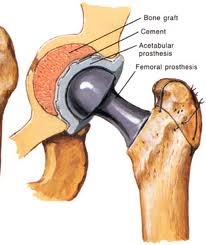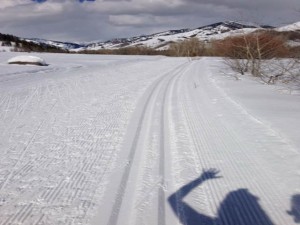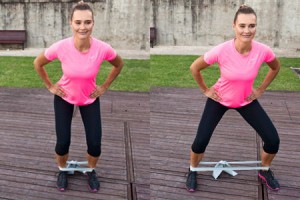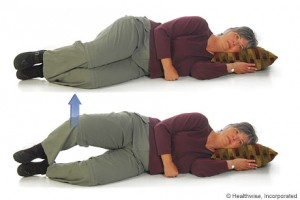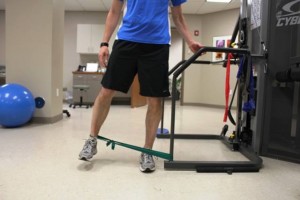Gentle Reader,
If you are suffering pain from arthritis, osteoarthritis, spinal stenosis, the regular wear and tear of life, you need good deep sleep to help you heal. I’ve written about Feldenkris, a therapy that helps with these painful conditions. I’ve mentioned Becci Parsons, who got me on the road to sitting/standing/walking after herniating a disc. Today I am posting her helpful solutions and suggestions for next steps for anyone who suffers from lack of sleep. Read on….
Change Your Sleep. Change Your Life.
Are you feeling less alert?
Are you unable to think clearly or sustain your focus?
Do you have difficulty falling asleep or problems with frequent awakening during the night?
If so, you may be suffering from insomnia.
We tend to think of insomnia as the constellation of symptoms that we experience just before sleep or during the night when we awaken with our mind racing and the bed sheets twisted. The process of insomnia actually begins much earlier in the day for most of us.
How?
Through the choices we make about how we spend our time.
The obvious culprits:
That afternoon pick-me-up latte or caffeinated green tea smoothie.
It could take between 9-14 hours to fully metabolize the caffeine. Even if you have no difficulty falling asleep, the caffeine could undermine the quality and duration of your sleep.
Evening computer use or cell phone email/texting, watching tv or reading using an e-reading device. Blue light from many of these devices is as bright as daylight and activates the nervous system sending the brain and body into “wake up mode”.
And what about the emotional responses that are triggered by these late night, last minute, urgent communications?
Life in the twenty first century is stressful and fast paced. A full, zoom-zoom workday of 8-12 hours is often followed by a long commute and sometimes a cocktail or a glass of wine to take the edge off. We eat late, do a few more email or text messages; watch a movie, read or log on to Facebook in an effort to wind down. Unfortunately very few of these activities actually promote relaxation and set the stage for a good night’s sleep. Most of them tip the nervous system far in the other direction to a state of hyper-arousal.
Hyper-arousal is a chronic over-activation of the body’s stress-response mechanism. There’s no instant ON/OFF switch. When these pathways are repeatedly excited, they become the default setting. We essentially travel a well-worn path leading us in the direction of elevated blood pressure, holding our breath, clinching our jaw and lifting our shoulders, without respite. Many of these sensations fly below the radar of our self-perception and become the background noise of our busy, over stimulated lives.
What to do?
“For fast acting relief, try slowing down”. –Lily Tomlin
On the one hand, we can increase the quality and duration of a good night’s sleep simply by making better choices. Following a good sleep hygiene program is an empowering start. For more detailed information about sleep hygiene refer to the following link:
http://www.sleepfoundation.org/article/ask-the-expert/sleep-hygiene
We also need to hit the pause, re-set button during the day to get off of the cortisol/ adrenaline high that many of us associate with feeling good and being productive. Functioning under the influence of stress hormones is not a sustainable practice. Biological systems thrive with ebb and flow. Metabolically speaking, we need to interrupt the cycle of prolonged excitation and dial things down to a more balanced, calm and functional neutral.
Learning to move more fluidly between states of stress and relaxation is key. It is positive motion in the direction of re-establishing the natural biological rhythms of exertion and recuperation. Think of it as self-regulation with applied intelligence. When we develop the capacity to meet the demands of a stressful moment and the flexibility to return to a state of equanimity in a relatively short amount of time, not only will we sleep better, but we’ll also be a kinder, gentler, version of ourselves.
Becci Parsons offers workshops and private coaching in the techniques of the Sounder Sleep System® in the interest of helping to create a more sane and peaceful world. Restful sleep is necessary for the healthy function of every system in the body and helps to regulate mood, energy and emotional intelligence.
The Sounder Sleep System® is comprised of a variety of calming and sleep inducing techniques to be used during the day and at bedtime, taught while sitting or lying down. The simple exercises are designed to restore our natural capacity to rest, recover and heal from the stress of daily life, one breath at a time. They are elegantly simple and simply profound.
For more information about private sleep coaching or to inquire about the introduction to the Sounder Sleep System® Workshop in February 2013, contact me:
Becci Parsons, Authorized Teacher, Sounder Sleep System®
Guild Certified Feldenkrais Teacher®
MotionSense Movement Education
bparsons@seanet.com
206.545.7272
www.BecciParsons.com
206.545.7272
Thank you, Becci. Be sure to leave a comment or suggestion of your own.
Fondly, Betsy
Be Well, Do Well and Keep Moving
BetsyBell’s Health4u
www.GrandmaBetsyBell.com
206 933 1889 1 888 283 2077
betsy@hihohealth.com
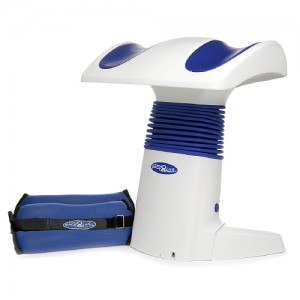

 Cartilage is 65 to 80 percent water, so staying hydrated is important for the health and lubrication of your joints. Maintaining proper hydration is even more important for individuals who suffer from gout. Water helps flush uric acid out of the body, and studies suggest staying hydrated may help prevent flare-ups. It isn’t necessary to count the number of glasses of water you drink in a day — the latest research suggests that if you take time to drink a glass whenever you feel thirsty, you’ll probably do fine. You are already drinking enough water, which is important for managing your arthritis. To spice things up, you might want to try flavoring your water with fresh fruit slices or drinking unsweetened green tea or herbal tea — there are so many delicious and fun varieties. And be sure to avoid sugary drinks like soda, sweetened water, fruit drinks, sweet tea, and froufrou coffee concoctions.
Cartilage is 65 to 80 percent water, so staying hydrated is important for the health and lubrication of your joints. Maintaining proper hydration is even more important for individuals who suffer from gout. Water helps flush uric acid out of the body, and studies suggest staying hydrated may help prevent flare-ups. It isn’t necessary to count the number of glasses of water you drink in a day — the latest research suggests that if you take time to drink a glass whenever you feel thirsty, you’ll probably do fine. You are already drinking enough water, which is important for managing your arthritis. To spice things up, you might want to try flavoring your water with fresh fruit slices or drinking unsweetened green tea or herbal tea — there are so many delicious and fun varieties. And be sure to avoid sugary drinks like soda, sweetened water, fruit drinks, sweet tea, and froufrou coffee concoctions. I know you don’t smoke, but I just wanted to share with you a few good reasons to stay smoke-free: Smoking delivers toxins throughout the body, causing inflammation and increasing the risk of arthritis. In one study, smokers were more than twice as likely to develop rheumatoid arthritis than people who didn’t smoke. In addition, researchers from a multicenter study reported in 2005 that smokers had a greater risk of osteoarthritis of the knee, possibly because smoking interferes with the body’s ability to repair its own cartilage. The bottom line is that staying smoke-free is a wise choice!
I know you don’t smoke, but I just wanted to share with you a few good reasons to stay smoke-free: Smoking delivers toxins throughout the body, causing inflammation and increasing the risk of arthritis. In one study, smokers were more than twice as likely to develop rheumatoid arthritis than people who didn’t smoke. In addition, researchers from a multicenter study reported in 2005 that smokers had a greater risk of osteoarthritis of the knee, possibly because smoking interferes with the body’s ability to repair its own cartilage. The bottom line is that staying smoke-free is a wise choice! you’re already there! Being overweight can put added physical stress on your joints, which can aggravate arthritis (particularly osteoarthritis) and increase your levels of pain. An unhealthy weight can also promote inflammation, which as I’ve mentioned is the root of arthritis. Another reason to keep eating right and exercising!
you’re already there! Being overweight can put added physical stress on your joints, which can aggravate arthritis (particularly osteoarthritis) and increase your levels of pain. An unhealthy weight can also promote inflammation, which as I’ve mentioned is the root of arthritis. Another reason to keep eating right and exercising! arthritis. It can help you lose or maintain weight, which reduces the overall stress impact on joints. Strong muscles can absorb shock from daily movements, keep joints stable, and protect against additional joint injury. Stretching and yoga can improve flexibility and range of motion and reduce joint stiffness. Swimming and water aerobics allow free movement without added stress on the joints. Walking is another manageable, low-impact form of aerobic exercise appropriate for most individuals with arthritis. All good reasons to maintain your active lifestyle!
arthritis. It can help you lose or maintain weight, which reduces the overall stress impact on joints. Strong muscles can absorb shock from daily movements, keep joints stable, and protect against additional joint injury. Stretching and yoga can improve flexibility and range of motion and reduce joint stiffness. Swimming and water aerobics allow free movement without added stress on the joints. Walking is another manageable, low-impact form of aerobic exercise appropriate for most individuals with arthritis. All good reasons to maintain your active lifestyle!